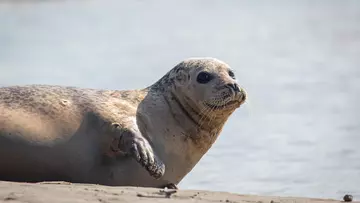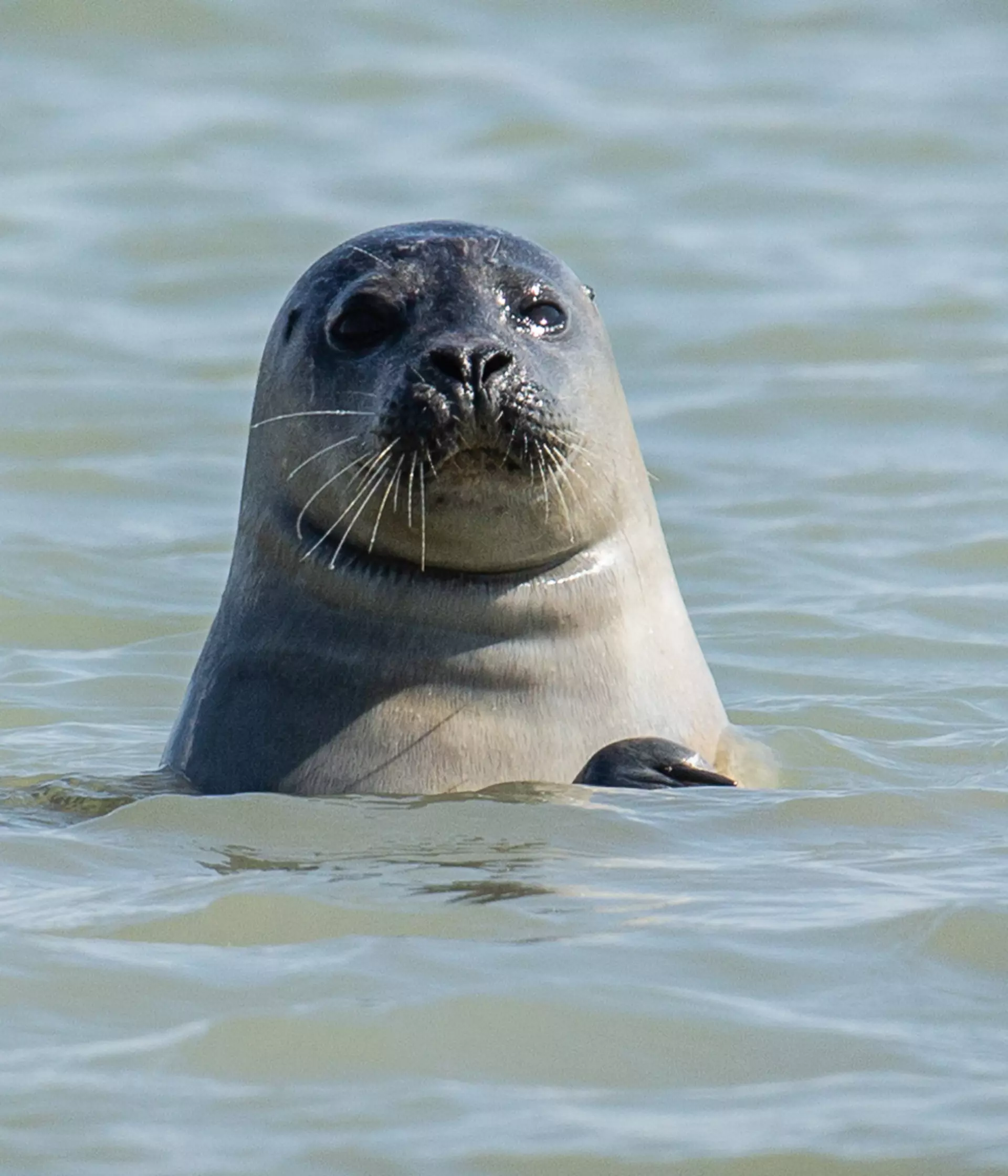ZSL
Zoological Society of London
ZSL’s annual seal population survey highlights Thames’ role as important ecosystem ahead of global summits for environment and nature
It is estimated that the Thames estuary is home to 2,866 grey and 797 harbour seals according to international conservation charity ZSL latest’s seal survey results - showing that the iconic river is a key ecological hotspot for these species.
ZSL (Zoological Society of London) has been monitoring the grey (Halichoerus grypus) and harbour (Phoca vitulina) seals in the Greater Thames Estuary since 2013, and this year’s count revealed an active population:
Surveying the Thames' Seals
ZSL’s conservation biologists conducted the survey from water, land and air covering the Greater Thames Estuary coastline and sandbanks between Felixstowe and Deal - the first survey since 2019, due to the pandemic. The census data helps ZSL’s team to understand how well the two important species - which are top predators in the Thames - are doing.
The count was undertaken over several days in August, as this is the moulting season for the harbour seals, when they spend much of their day out of the water and can be easily spotted basking on the estuary’s sandbanks.
ZSL Conservation Biologist Thea Cox, who led this year’s survey, said, “During the 2021 ZSL annual seal survey, we counted 574 harbour seals, and 685 grey seals laying out on the sandbanks along the Thames. When we combine this with the estimated number of seals that remained in the water during our count, our final numbers are 797 harbour seals and 2,866 grey seals.”

This year’s survey did suggest a decline in comparison to the results of the 2019 survey when 932 harbour seals and 3243 grey seals were estimated. However, Thea said: “It is the long-term picture that is most significant, and that’s why it is important to do these surveys on a regular basis. Changes in number can be down to a few factors, such as the variability in the proportion of seals at sea whilst the survey is taking place, but this is something we want to keep a close eye on. We will be looking to see what happens over several years and monitoring changes in numbers.
“As we continue to build our knowledge base of the seal populations in the Thames and learn more about the dynamics between the two species, we’ll ensure our work contributes to national conservation efforts to preserve seal populations here in the UK.”
To conduct the count, the team take aerial photographs of the seals from a light aircraft and use boat trips on the estuary for closer observations where needed. The images are then analysed to confirm numbers and determine species of seal. This information feeds into the national picture of seal populations in the UK and helps scientists to monitor the impacts of emerging threats such as wildlife disease and competition between seal species for food and habitat.

Looking forward
Thea concluded, “Since we began conducting this survey nearly a decade ago, the evidence we have gathered has added weight to how valuable the Thames estuary is as a habitat for these species. Around the world, ZSL is calling on global leaders to put nature at the heart of every decision – and that includes right here on our doorstep. We still have a long way to go in terms of improving water quality and making space for nature, but this healthy, thriving population shows how conservation measures really work – and just how far the Thames has come since it was declared biologically dead in the 1950s.”
The Thames is also home to several other surprising species such as the European eel, Dover sole and the short-snouted seahorse – many of which ZSL’s team are actively monitoring and supporting. ZSL relies on citizen scientists to volunteer their time, with members of the public contributing to population and habitat surveys.
ZSL is urging world governments and policy makers to put nature at the heart of all decision making in order to jointly tackle the combined global threats of climate change and biodiversity loss, and will be calling on leaders to make this commitment at COP26 in Glasgow in November. You can support ZSL's world-leading conservation work by donating to us online.
Climate change and human activity have pushed our precious planet to its limit, causing the devastating loss of so many habitats and species. From lab to field, hands-on and behind the scenes, we’re leading the future of conservation, shaping agendas and influencing change to support better life, health and living for people and wildlife.
